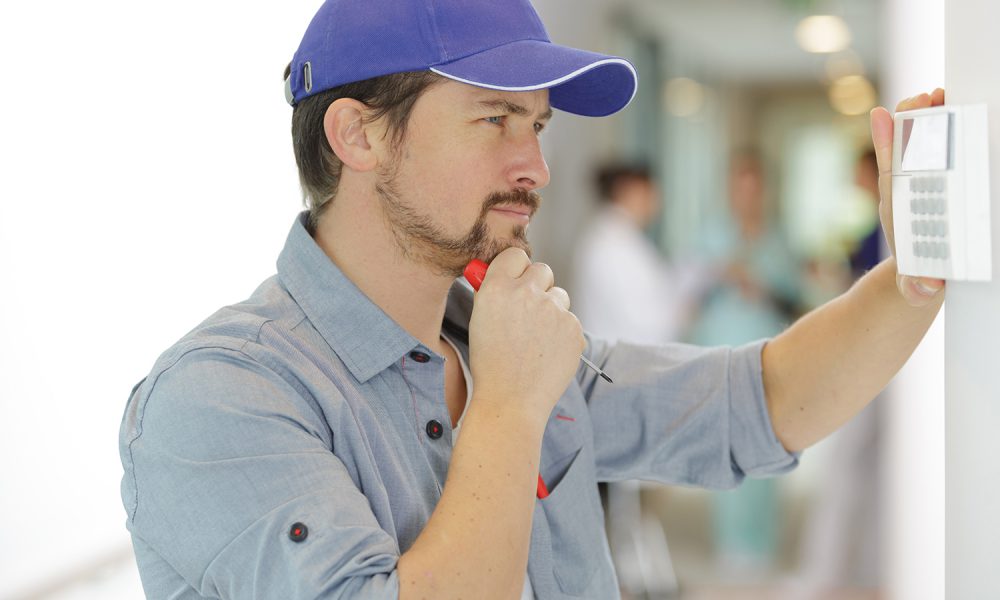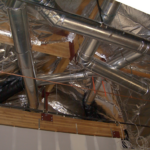
Lots of people believe that their A/C works by “creating” cold air. It doesn’t. Rather, they work by getting rid of the heat inside your home and transferring it outdoors. So how exactly does this procedure work?
Read on to find out.
A Brief History on Air Conditioning Systems
In 1904, the world saw it’s first cooled room and since then things have been advancing. The first home conditioner, by Frigidaire, came on the seen in the early 1930s and worked on a simple method of refrigerant.
These first units were incredibly expensive and cumbersome so largely went unpurchased. Central AC as we know it today didn’t really catch on until the 1960s once revisions to the systems took place to make them smaller, less expensive, and less intrusive.
Through different innovations throughout the 1990s and early oughts, the central AC unit is running more efficiently and with less environmental impact than ever before. New models are now whisper-quiet and with smart systems, you can control them from your smartphone.
But, that still leaves us with the question of how air conditioning works. We will give you an answer in the next section.
Pulling in Your Existing Air and Pushing It Back Out After Cooling It Down
The heated air inside your house is soaked up and moved outdoors through a cooling representative, or “refrigerant”.
The coils guide the refrigerant from within your home to the outdoors and back inside once again. Stations along the route manipulate the state, pressure, and temperature level of the refrigerant so that it takes in or declines heat at specific points.
A fan blows the cold air into ducts that disperse it throughout your home. As the refrigerant soaks up the heat from the passing air, it alters from a liquid state to a gaseous state and continues to take a trip along the loop system toward the compressor. The compressor decreases the gas’ volume.
This raises the pressure and temperature of the refrigerant, preparing it for the condensing procedure. The refrigerant, now a superheated vapor, reaches the condenser (which is located outdoors) and is exposed to the outside air. The outside air takes in the heat from the refrigerant, decreasing the temperature of the refrigerant and altering the state from a gas back into a liquid.
The process continues until the inside temperature of your house reaches your set temperature. At this point, your thermostat tells your air conditioning to turn off.
Simplicity and Function Rule the Day
The actual operation of these systems hasn’t changed much since their introduction. But, through scientific creations of new earth-friendly refrigerants and smaller units, they’ve been made greener and more accessible to everyone in the world.
Are you looking to get a new AC installed? Turn to Veterans for the best in customer service and expert installation. Contact us now to schedule an appointment.



